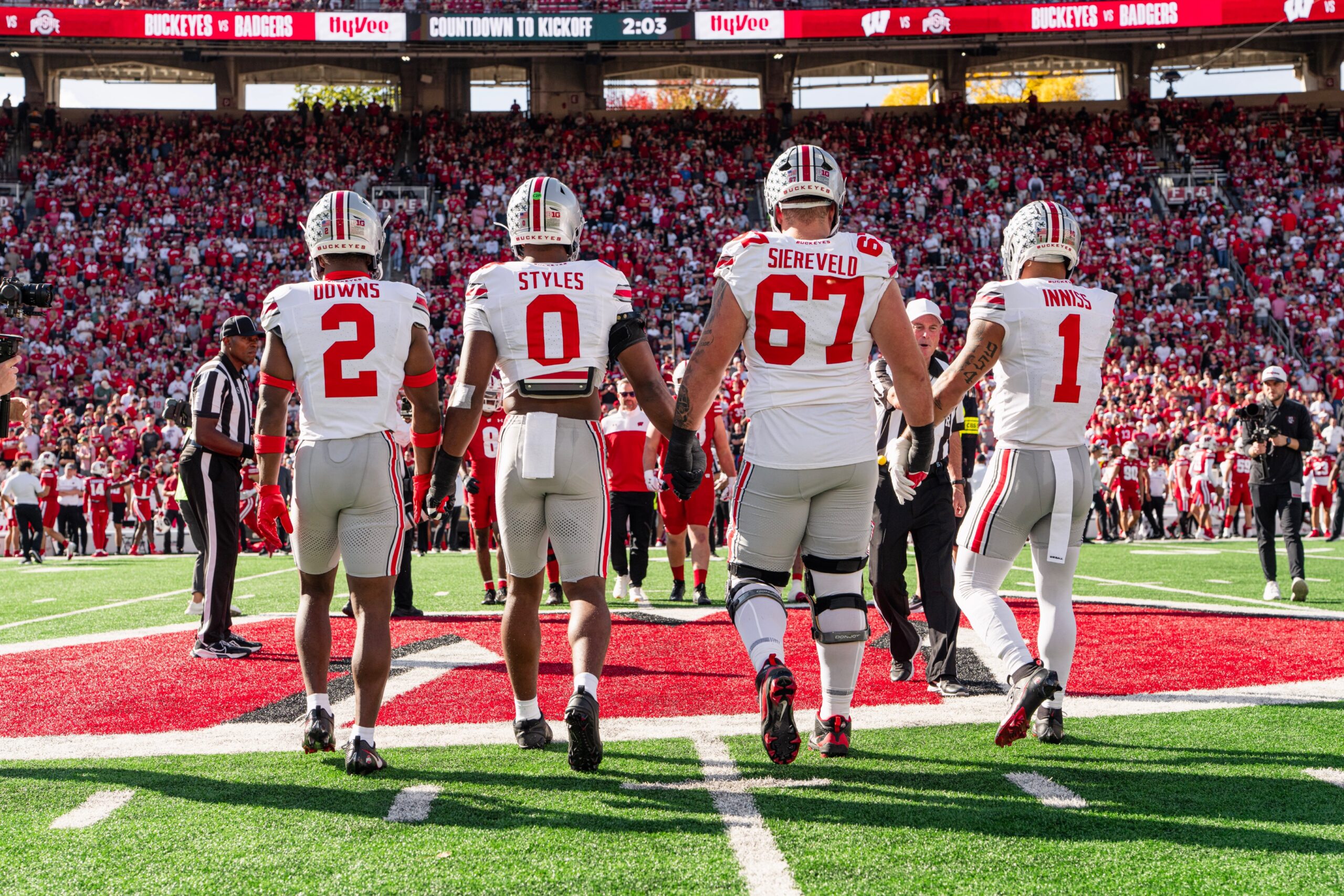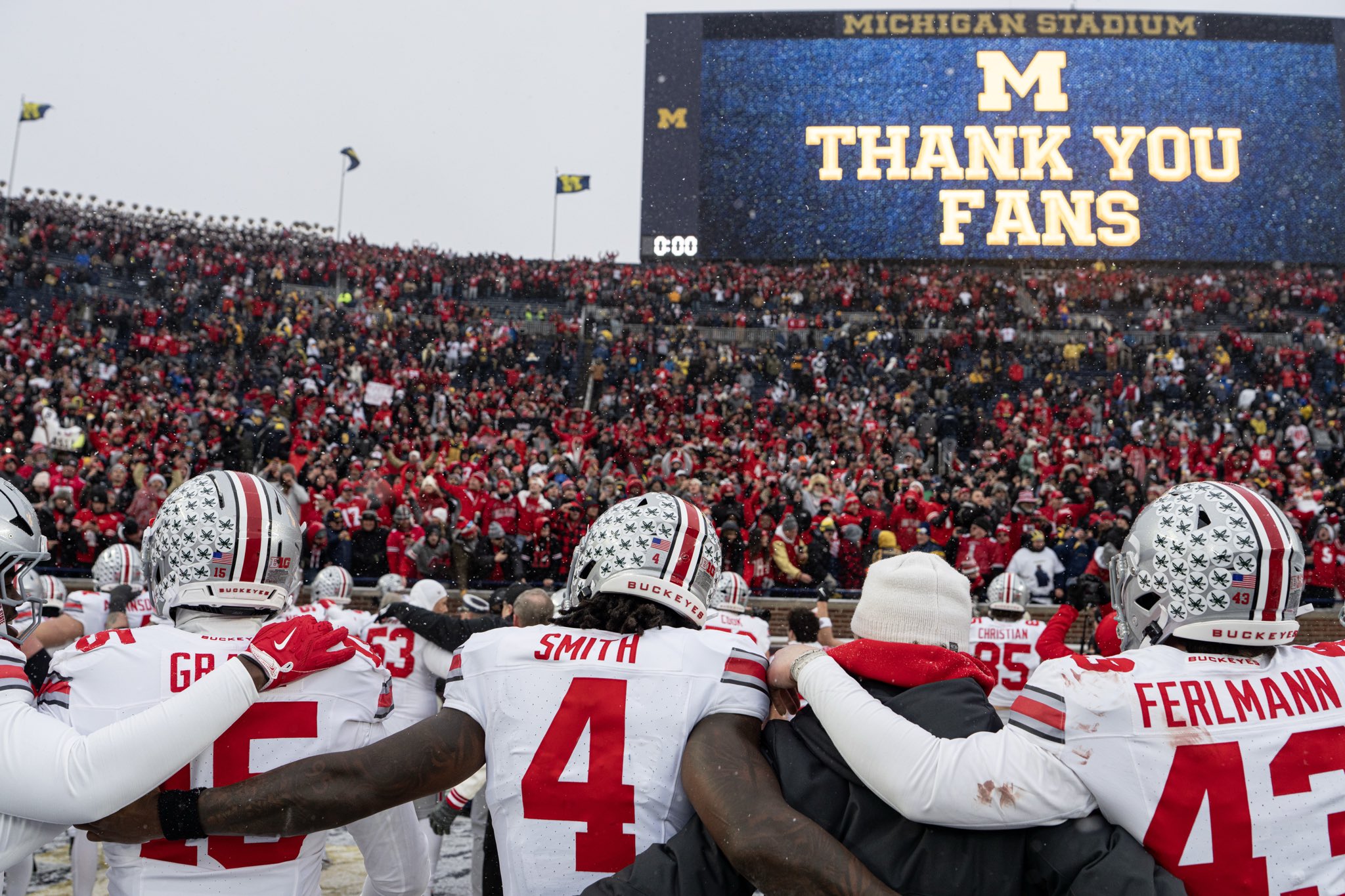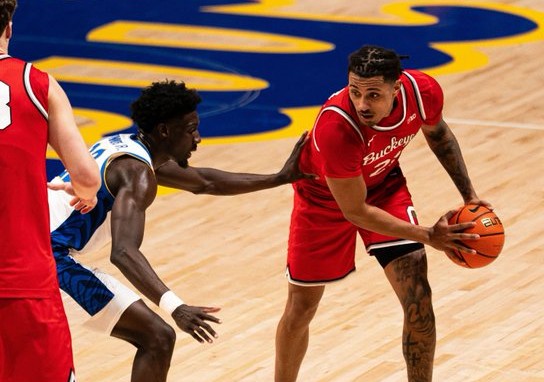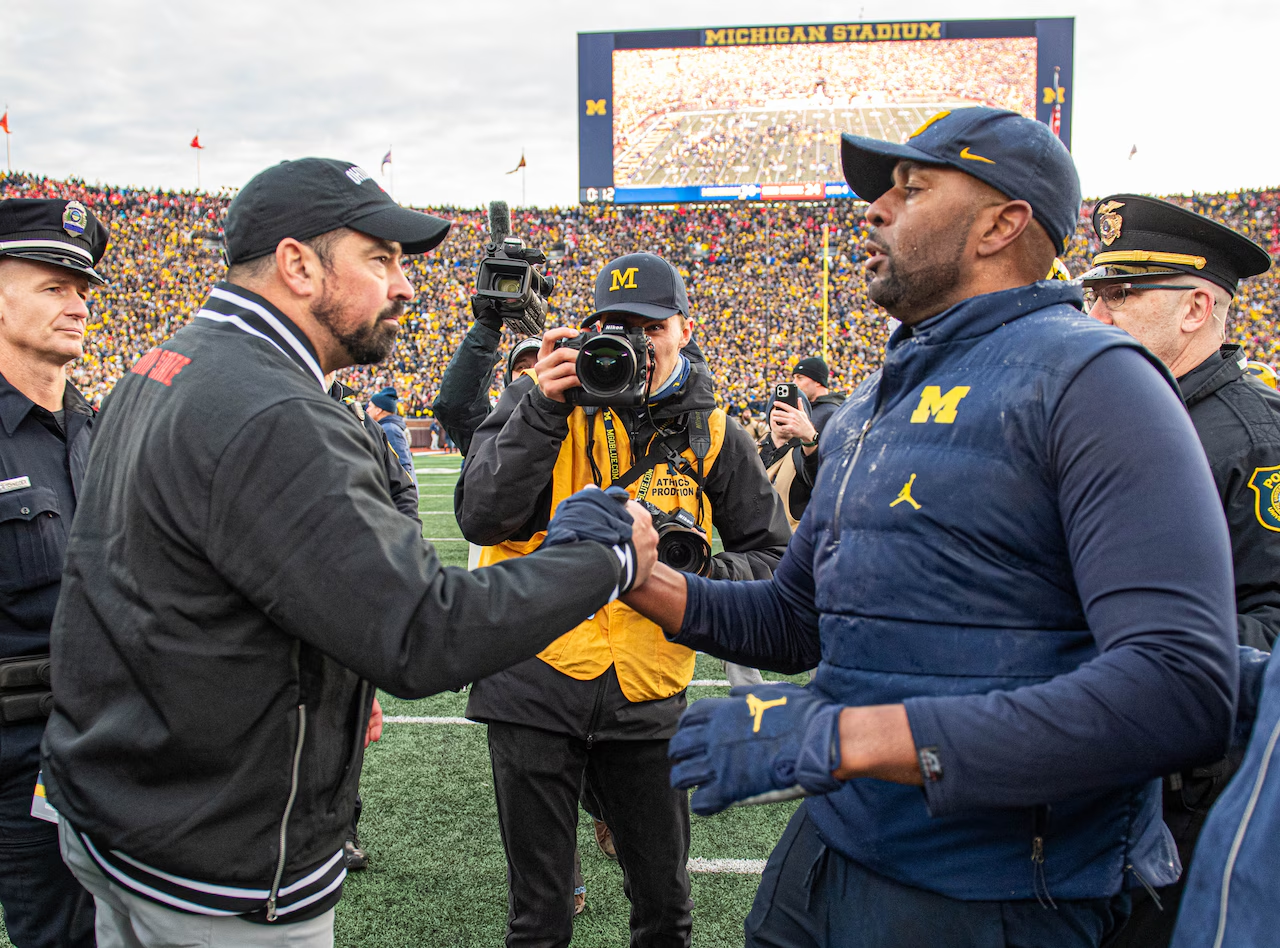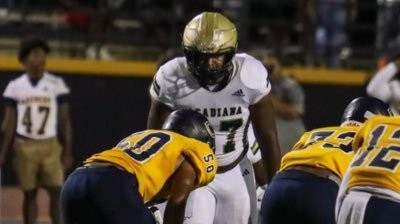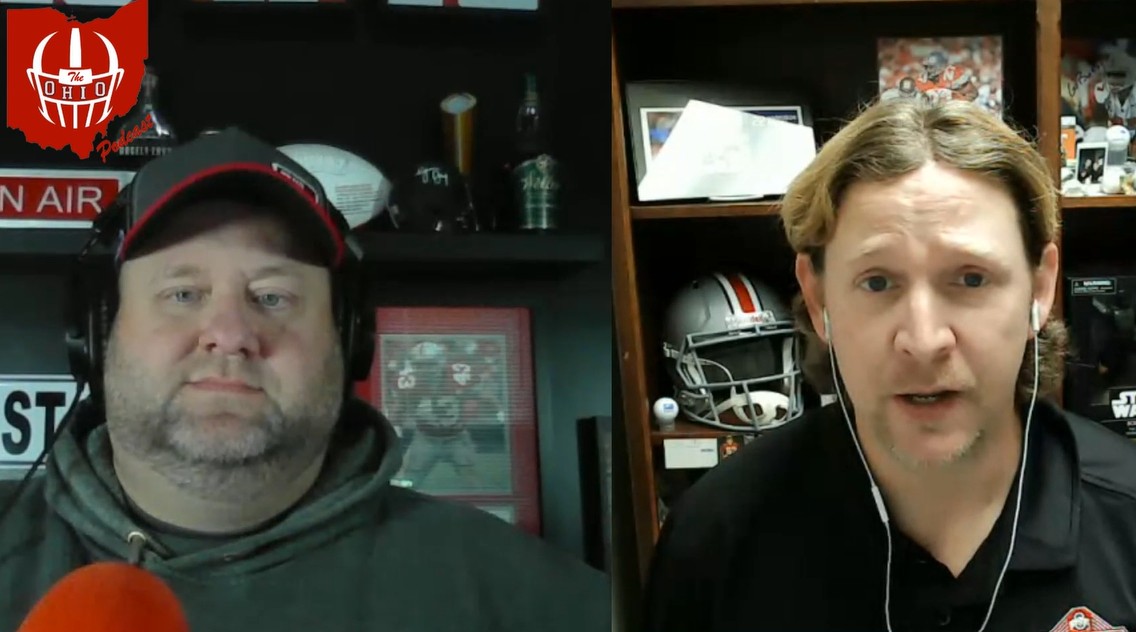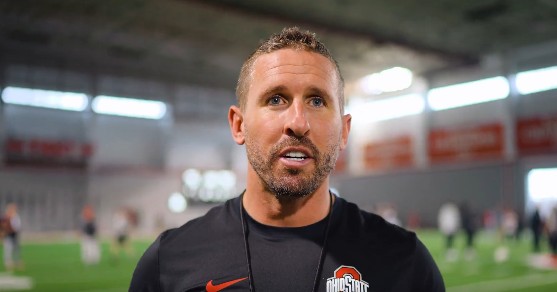
Ohio State offensive coordinator Brian Hartline spoke with the media this week and gave a comprehensive update on the Buckeyes’ spring progress, offering insight into the quarterback battle, the wide receiver room, standout young players, and the challenges of maintaining elite expectations after a national championship season.
At the heart of the press conference was the quarterback competition, a topic Hartline approached with cautious optimism. “They’re competing at a high level,” he said, emphasizing preparation and self-discipline as key attributes he’s noticed. While he deferred most details to head coach Ryan Day and quarterbacks coach Billy Fessler, Hartline highlighted the importance of consistency and the weight of expectations at a program like Ohio State. “That position more than ever… that’s the only guy that’s going to touch the ball every play,” he said. Hartline even voiced support for quarterbacks going live in practice, saying it provides the most honest evaluation of what a QB can bring under pressure.
The wide receiver room continues to develop, with veterans like Carnell Tate and Brandon Inniss stepping up as vocal leaders. Hartline acknowledged the group’s growth but emphasized the work still needed to reach Ohio State’s elite standard. Freshmen are showing flashes, he noted, but consistency remains the main hurdle. Jeremiah Smith, a breakout name last season, remains a focal point. Hartline praised Smith’s maturity and drive, noting he’s “chasing that one percent” of improvement—focusing on football IQ, technique, and route expansion. “You never want to put him in a box,” Hartline said, stressing the goal of making Smith a complete receiver.
When it comes to mentoring young stars like Smith off the field, Hartline spoke with a clear sense of pride. “It’s a blessing to be in that position,” he said, recognizing the spotlight that comes with being one of college football’s most recognizable names. Smith’s humility and willingness to engage with fans after practice reflect a player who’s “built for it,” according to Hartline.
Among the newcomers, Quincy Porter emerged as the first freshman to shed his black stripe, a symbolic rite of passage at Ohio State. Hartline wasn’t directly involved in that decision but pointed to Porter’s consistency and the growing respect from teammates as likely drivers. “That’s the ultimate sign of respect,” he said.
Another player who’s made a strong impression is offensive lineman Austin Siereveld. Hartline applauded Siereveld’s versatility and steadiness, pointing out that his name only comes up in film sessions for positive reasons—a rarity and a compliment in the trenches.

With his expanded responsibilities overseeing the entire offense, Hartline offered deeper reflections on the quarterback position. He admitted to previously underestimating the level of preparation required to succeed under center. “The offense is only as good as the quarterback,” he said, stressing the need for QBs to commit time outside of scheduled practices. It’s a realization that has only deepened his respect for the position and its complexity.
Despite the glow of a national title still fresh, Hartline emphasized that complacency has no place in the Buckeyes’ locker room. “Now that we have the map, doesn’t mean we’ve traveled the path,” he said, urging his players to emulate—not just admire—the championship-winning group that came before them.

Finally, Hartline praised the running back room, led by CJ Donaldson and James Peoples, and highlighted the importance of depth, especially with a two-back approach becoming the norm across football. Young backs like Sam Williams-Dixon and Bo Jackson are showing promise, but consistency and the ability to pass protect will ultimately determine their role in the rotation. Hartline expressed particular excitement about Peoples’ growth and the rising floor of the room as a whole.
In all, Hartline painted a picture of a program hard at work to defend its crown—focused on growth, grounded in humility, and powered by competition.


